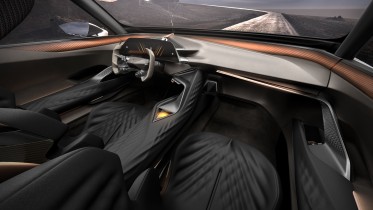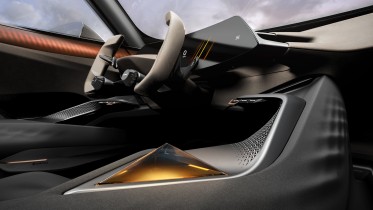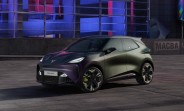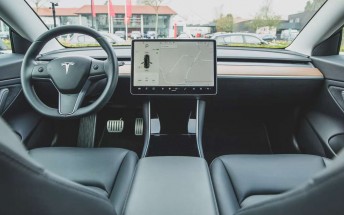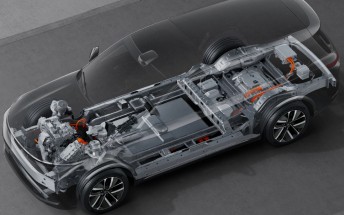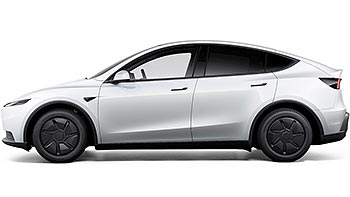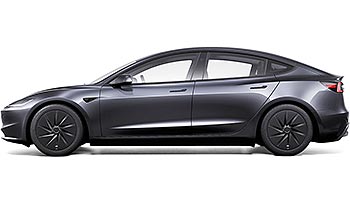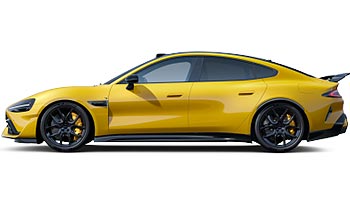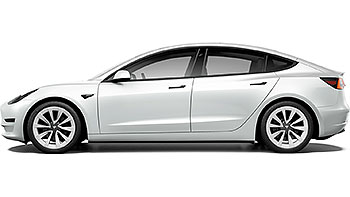Cupra Tindaya concept EV puts the driver back in charge
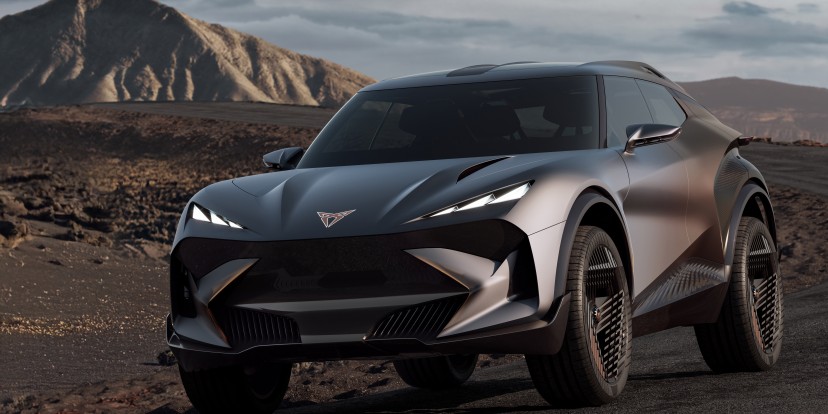
The automotive world has become obsessed with self-driving technology, but Spanish brand Cupra is planting its flag firmly in the opposite camp. At the Munich auto show, the company unveiled a wild new electric concept car, the Tindaya, and also doubled down on its core belief: cars are for driving.

With a repeated slogan of "No drivers, no Cupra," the performance-oriented brand sent a clear message that the human element will remain central to its vision for the future of electric cars.
The proof of this philosophy is the Cupra Tindaya, one of the largest concept vehicles the brand has ever created. At 15.49 ft long, the Tindaya is an imposing figure, riding on massive 23-inch wheels. Its design is deliberately aggressive. The front end features a complex web of lines and angles that Cupra's head of design, Jorge Diez, calls a "parametric design."
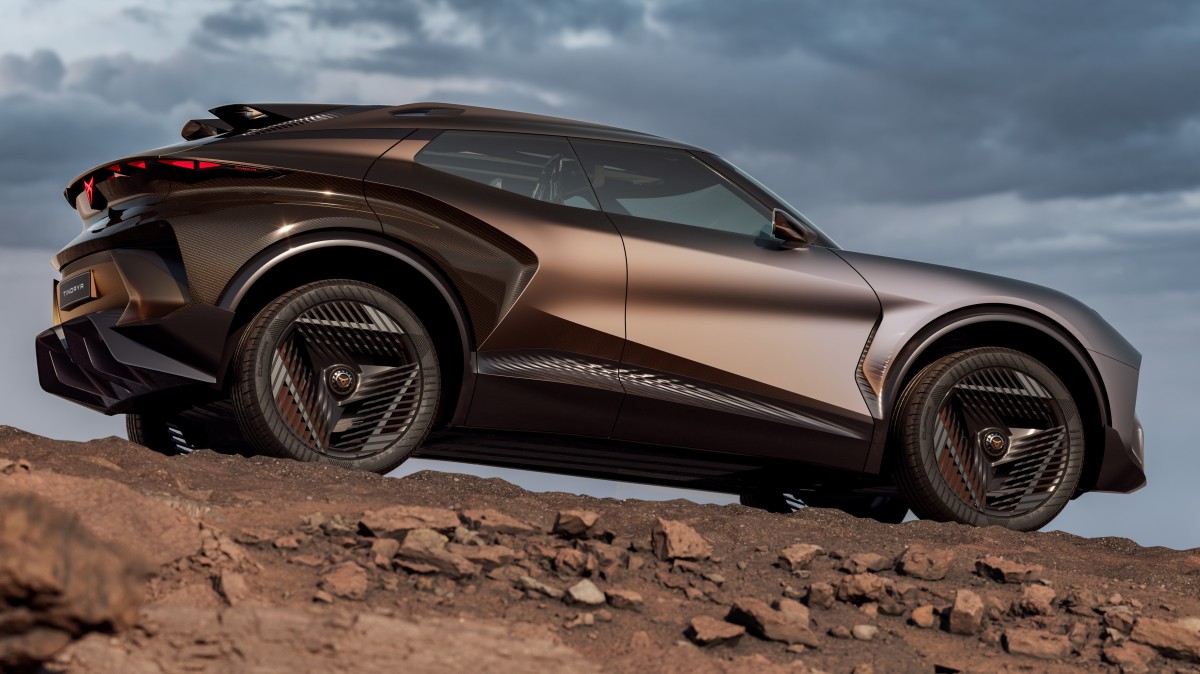
It might look a bit chaotic at first glance, but the sharp headlights connected by a thin digital screen and triangular light signatures pull the look together. The concept's most unique feature is a 3D-printed aluminum "spine" that runs along the roof, giving the fastback silhouette a skeletal structure and allowing the roof to open. The entire vehicle is coated in a matte metallic gray paint meant to evoke the colors of the Atlantic Ocean near its namesake, the Tindaya mountain in the Canary Islands.
The Cupra Tindaya continues its futuristic theme inside with a 2+2 seating layout - two primary front seats and two smaller rear seats. The interior is made from sustainable materials and features a cockpit that looks straight out of a science-fiction film. A rectangular steering yoke, reminiscent of a video game controller, replaces the traditional wheel.
Dominating the dashboard is a large central display, but the main event is an interactive interface the company calls "The Jewel." While details were sparse, Cupra claims it orchestrates a combination of light, sound, and visuals to enhance the driving experience, not replace it.
Cupra's stand against autonomous driving is a bold move in an industry pouring billions into the technology. Company's interim CEO, Markus Haupt, claims that removing the driver risks losing more than just control of the vehicle. He said: "If we lose emotion, passion, rebellion, we lose our humanity," suggesting Cupra is the new guardian of the emotional connection between driver and machine. Bold statement but it just might work for the Spanish brand.
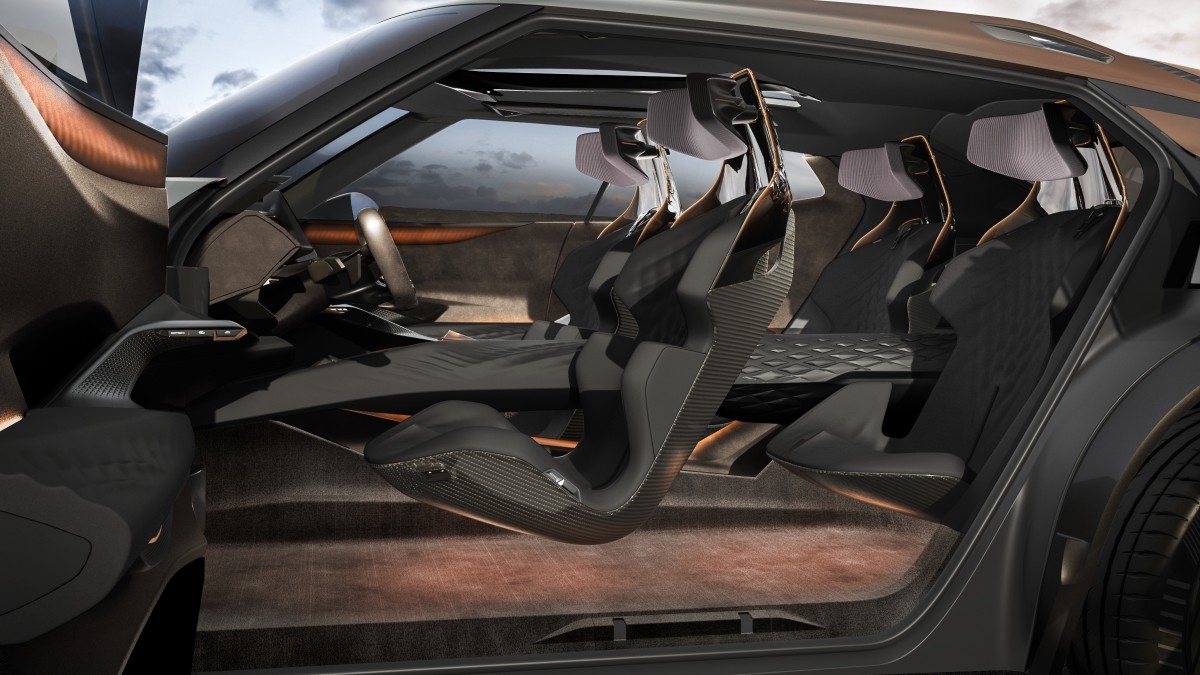
The show-stopping concept apart, Cupra also provided a glimpse of its more immediate plans for the electric vehicle market. The company showed a camouflaged version of the upcoming Cupra Raval, its first entry into the Urban Electric Car family.
This compact, front-wheel-drive EV will measure around 13 ft long, making it ideal for tight city streets. Built on the Volkswagen Group's versatile MEB+ platform, the Raval will be an important player in the European market for small EVs. More details are expected when the production version is officially revealed in March 2026.

The blend of futuristic vision and practical production seems to be paying off for the relatively young brand. Cupra has sold 216,000 vehicles so far in 2025, a 36 percent jump from the previous year. Having expanded into 50 countries, the company is now exploring entry into the Middle East. While there is no news on a potential US launch, Cupra's rapid growth and defiant, driver-focused identity are making it one of the most interesting brands to watch.
Related
Reader comments
- IHATECHARLIEKIRK
That's the stupidest take I've seen brother we're talking about cars fck outta here XD
- 12 Sep 2025
- EQW
- Anonymous
we need batman more than ever after what the libs did. join me in prayer brother
- 12 Sep 2025
- 63x
- JotaPB
If Batman doesn't call asking for his car back you can give it to me... This could have the Lamborghini logo. It looks great despite the super bold look.
- 12 Sep 2025
- S4s
